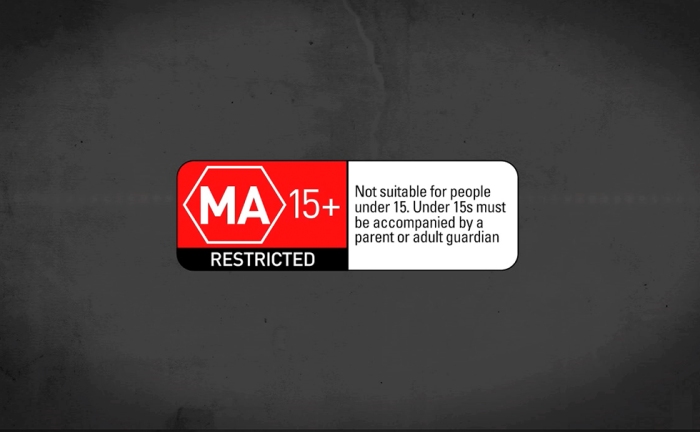Mass communication especially through the rise of new technologies such as, mobile phones, radio, television and film can cause their own issue within the public sphere. These issues cause and make for media regulation, a term regarded as “a law, rule, prescribed by authority, especially to regulate conduct”(Dictionary.com, 2016). University of Leicester (2013) highlights the term regulation is aimed to set limits to freedom, though this goes against our democratic society. Suggesting that in order for our government to regulate, they need to have a clear and convincing reason in order to follow through with the regulation. There are numerous reasons why we regulate media usage. These reason generally lie around the protection of the public order, protection of the individual, development of the communication system and the promotion of access while maintaining conditions in media services (Leicester university, 2013).
For instance Brett Lamb (2013) stated that in Australia, Free TV and the advertising Standards Bureau have guidelines for advertising food and beverages to children in which they promote unhealthy eating and a bad lifestyle (Lamb, 2013). Even commercial radios in Australia have regulations and guidelines particularly prohibiting the portrayal of women, indigenous people and cultural diversity within their airtime (Lamb, 2013). 55% of Australian television content has to be aired between the times of 6am and midnight (Lamb, 2013). This media regulation is aimed at controlling the vast amount of media usage of overseas content; this enables our nations production to be supported rather then supporting overseas profits. It’s always important to have media regulation concerning media ownership. This is to ensure that as a nation our media outlets hold diversity within media communication. Highlighting the importance “ that no one should monopoly the media industry” (Lamb, 2013). This is because as a functioning democratic country we require a diverse ownership, ensuring that our public lives are being reported “in a fair and open manner”(Gardiner-Garden, 2001).
A common media regulation that happens in our everyday lives is shown through our movies theatre practice and TV shows ratings. These ratings inadvertently regulate how we watch and gain access to view these shows .For example, MA15+ restrict any child under the age of 15 from watching these rated programs. The Australian Classification (2015) regard MA15 + rating as a “classified material that contains strong content”(Australian Classification, 2015). This media regulation restricts how a child under the age of 15 will gain access to the movie theater. The Australian classification (2015) requires any child under the age of 15 to be companied with an adult guardian, where they must buy the ticket for the child. However when a child is over the age of 15, they may be asked to show proof of age before hiring or purchasing an MA15+ program (Australian Classification, 2015). This is a prime example of an active media regulation that is used in our everyday lives.

(Source : Brett lamb , 2013)
This particular case study links to the notion and ideas of media space and place. According to Tuan (cited by Mains, Cupples & Lulineal, 2015, p.195) space has been associated with media geographers, particularly with the idea of freedom, movements, distance and potential. While place, often implies confinement, stability, proximity or concrete. Tucan illustrated that to understand the geography of the world, you need both space and place perspectives “as they intersect with media and communication” (cited by Mains, Cupples & Lulineal, 2015, p.195). They defined place as a term that focuses on how place-to-place images are represented in the media (Mains, Cupples & Lulineal, 2015, p.195). Where as, spaces in media are often known as a “topological space” (Mains, Cupples & Lulineal, 2015, p.195) also known as a mediascape. Focusing its attention on the “virtual geographies of what is connected to what” (Mains, Cupples & Lulineal, 2015, p.195). Just like the movie theatre ratings, this type of regulation has implemented place media. Focusing on what has been represented within the movie, searching for hidden message that may not suit children of 15 years and under, regulating confinement. The Australian classifications rating also shows an example of a media space, regarding how it is connected to the viewer and how they may interpret what they are seeing. Media regulation is so common within our society; we hardly even notice it until it is brought to our attention. I would love to hear your stories of a situation where you felt that you where affect by media regulation or even if it was forced upon you , Leave a comment below
As always, all the best
Chelsea x
References:
Australian classification 2015, Mature Accompanied (MA15+) , Department of Communication and the Arts, viewed 15 December 2010, < http://www.classification.gov.au/guidelines/pages/ma15+.aspx>.
Lamb, B 2013, Media Regulation, Lesson bucket, weblog post, 28th April, viewed 24th September 2016, <http://lessonbucket.com/vce-media/units-3-4/media-influence/media-regulation/>.
Mains, SP & Cupples J & Lukinbeal , C (eds) 2015, Mediated Geographies and geographies of media , Media research, Springer, New York & Lonodn.
MTIMDE, L 2012, Concepts of media regulation, BizCommunity , weblog post, 11 September, viewed 24th September 2016, http://www.bizcommunity.com/Article/196/15/81552.html>.
Parliament of Australia 2016, Media ownership regulation in Australia, parliament of Australia, viewed 24th September 2016, <http://www.aph.gov.au/About_Parliament/Parliamentary_Departments/Parliamentary_Library/Publications_Archive/archive/mediaregulation>.
‘Regulation’ 2016, in Dictionary.com, Random Inc., viewed 24th September 2016, <http://www.dictionary.com/browse/regulation>.
University of Leicester 2013, Module 2: unit 11: media regulation, University of Leicester media resources, viewed 24th September 2016, <http://www.le.ac.uk/oerresources/media/ms7501/mod2unit11/page_01.htm>.
